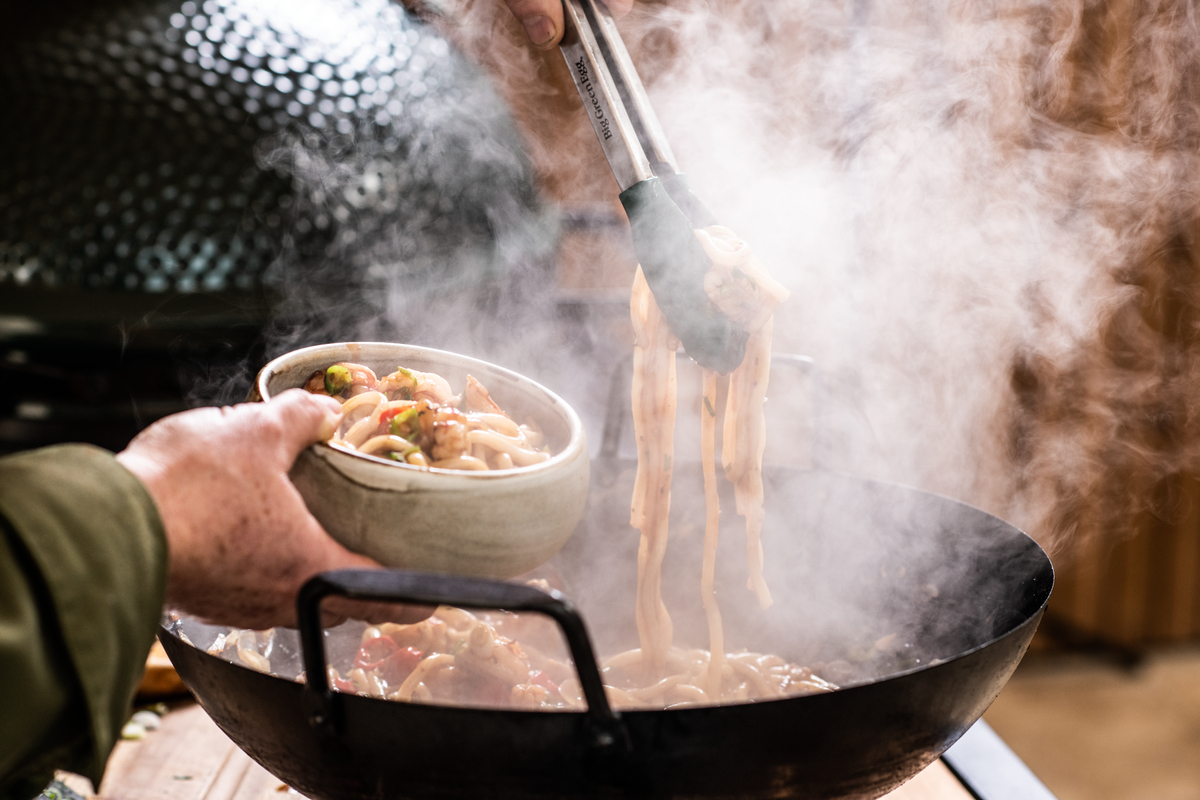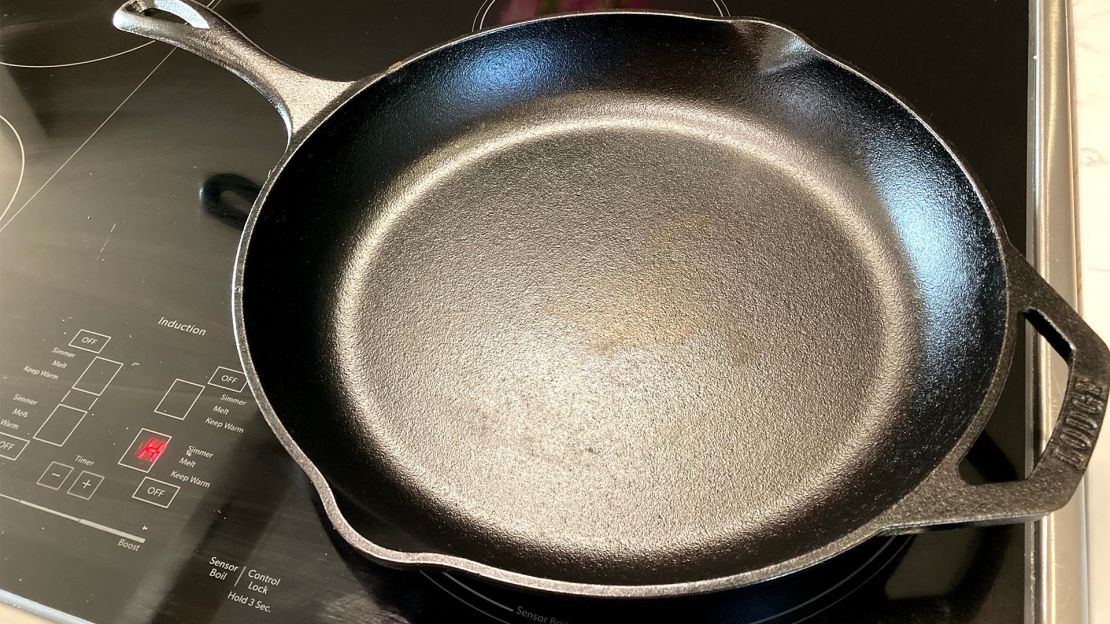Cleaning a wok can be a daunting task, especially for professional kitchen staff who depend on their equipment to perform at its best. **Knowing how to clean a wok with a bamboo brush** is a skill that requires precision and technique. With the right methods, professionals can maintain the longevity and performance of their woks while ensuring that they meet high culinary standards.
bamboo brushes are specifically designed for cleaning woks without harming the surface, making them an ideal choice for the conscientious chef. By utilizing a bamboo brush, you can effectively remove residues and maintain the quality of your wok. Lets delve deeper into the nuances of cleaning a wok and why using a bamboo brush is paramount.

The Importance of Keeping Your Wok Clean
For kitchen professionals, a clean wok is crucial not only for hygiene but also for flavor preservation. Residues left over from previous meals can alter the taste of your dishes. Additionally, a well-maintained wok ensures even heat distribution, allowing for perfect stir-frying every time.
Choosing the Right Brush for Your Wok
When it comes to **bamboo brushes**, there are various types available. Choose one that is designed specifically for woks, as it will have a flexible bristle structure that can navigate around the curves and crevices of the cooking surface. A high-quality bamboo brush is gentle yet effective, ensuring your wok remains scratch-free.

Step-by-Step Guide on How to Clean a Wok with a Bamboo Brush
Cleaning a wok involves several steps; let's break it down:
1. Gather Your Supplies
- Bamboo brush
- Soft cloth or sponge
- Hot water
- White vinegar (if needed)
- Dish soap (optional)
2. Soak the Wok
Start by filling your wok with hot water, allowing it to soak for about 10-15 minutes. This softens any stuck-on food, making it easier to clean.
3. Use the Bamboo Brush
After soaking, take the bamboo brush and gently scrub the wok's surface. Focus on areas with stuck food and residues. The natural bristles will safely remove food particles without scratching.
4. Rinse and Dry
Once you have scrubbed the wok clean, rinse it with hot water. Make sure to remove all soap or food residues. After rinsing, dry the wok immediately with a soft cloth to prevent rust.
5. Season Your Wok (if necessary)
If the wok is made of carbon steel or cast iron, consider seasoning it after cleaning to maintain its non-stick surface. A light coating of oil will help protect it from rust.
:max_bytes(150000):strip_icc()/WokSills101-StirFrying-VickyWasik1-947e9de8656942a185a124d561050d8e.jpg)
Common Mistakes to Avoid When Cleaning Your Wok
While the process may seem simple, there are common pitfalls you should be aware of:
- Using metal brushes: This can damage the wok's surface.
- Skipping the soak: Neglecting to soak your wok before scrubbing can lead to more effort and potential scratches.
- Not drying it properly: Always dry your wok to prevent rust.
- Ignoring residues: Any leftover food can impact the flavor of future dishes.

When to Deep Clean Your Wok
A thorough cleaning may be needed after cooking particularly oily or sticky dishes, such as sweet sauces or deep-fried foods. Additionally, if you notice discoloration or a bad smell, its time for a deep clean. Use hot water mixed with a little white vinegar to clean stubborn areas, and always follow up with the bamboo brush method.
Additional Resources for Using Woks
For those interested in expanding their knowledge on woks, check out this informative article that offers insight into wok cooking techniques.
Other relevant topics to explore include:
Frequently Asked Questions (FAQs)
1. Can I use soap to clean my wok?
It is generally not recommended to use soap on well-seasoned woks, but a mild dish soap can be used on occasion, especially if the wok is heavily soiled.
2. How often should I clean my wok?
Clean your wok after every use to maintain its seasoning and overall condition.
3. Is it necessary to season my wok every time I clean it?
No, seasoning is usually done when you notice the surface losing its non-stick properties or if you are deep cleaning.
As an Amazon Associate, I earn from qualifying purchases.




Leave a comment
This site is protected by hCaptcha and the hCaptcha Privacy Policy and Terms of Service apply.